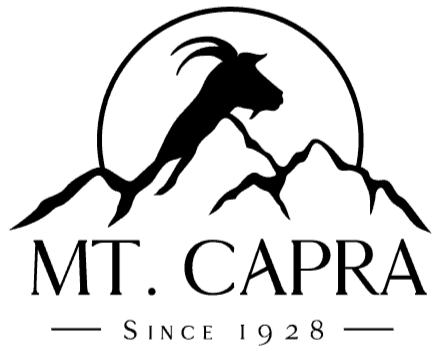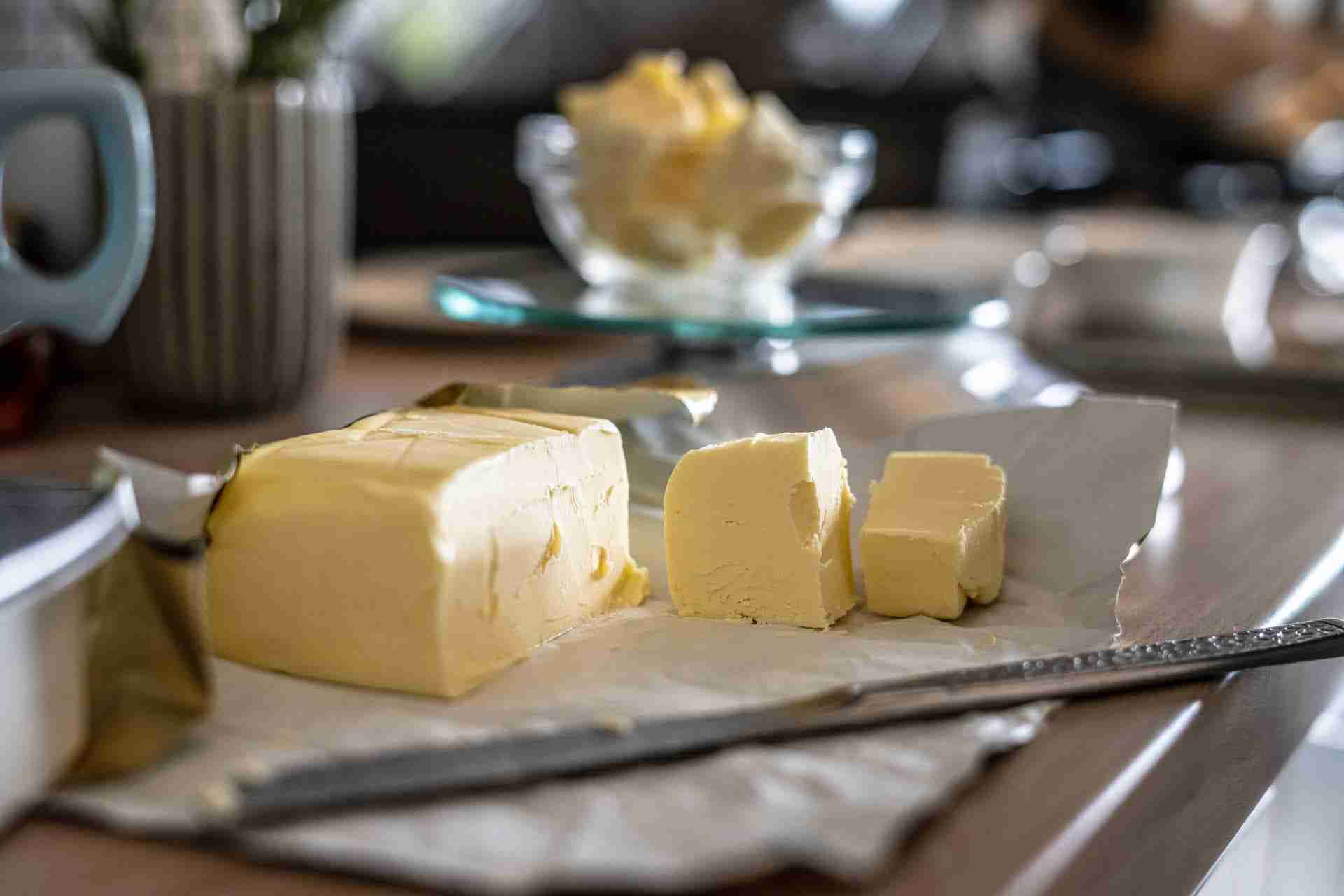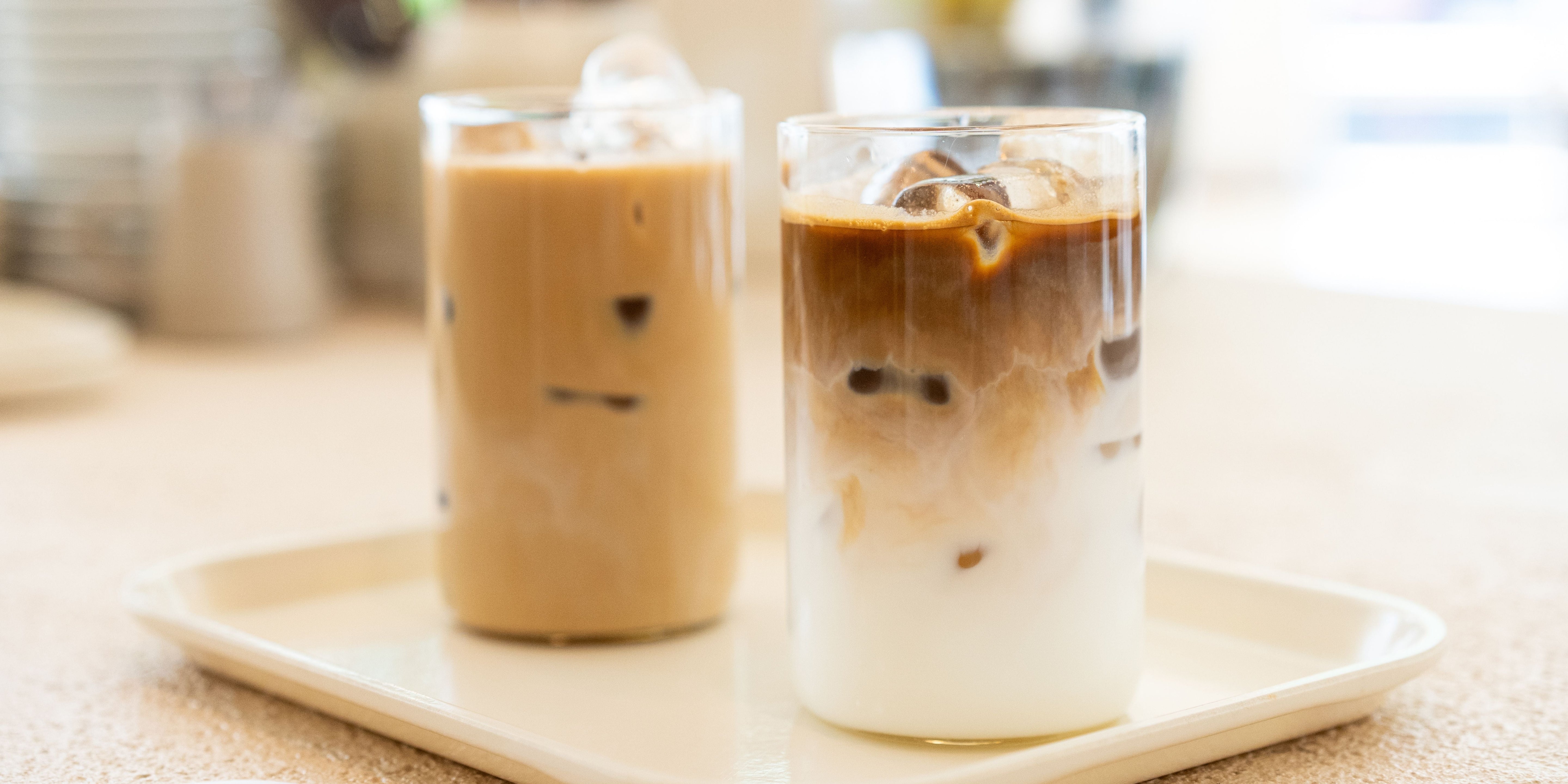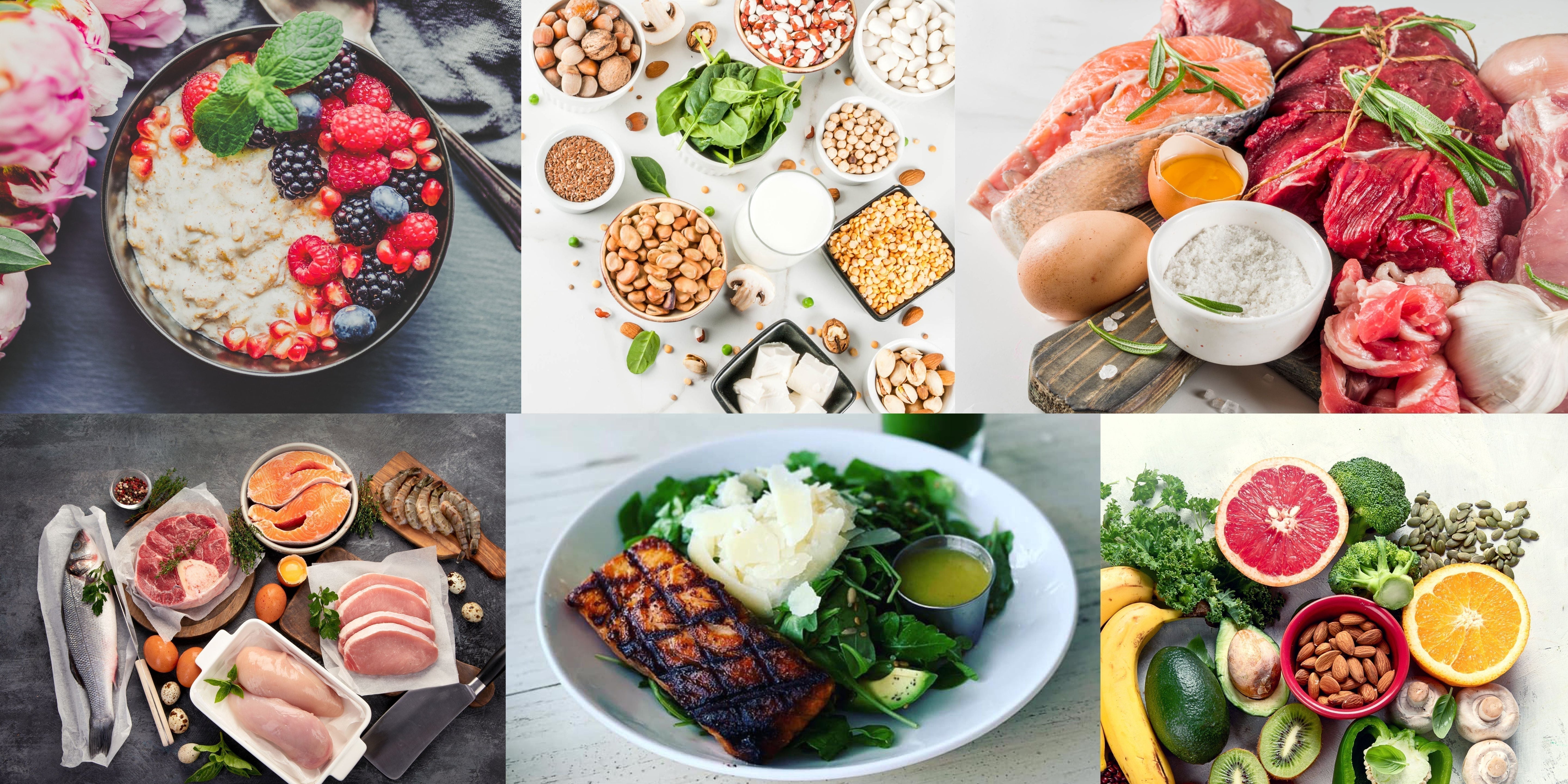
Soy, corn, canola…what do all of these plants have in common? They all produce some of the most common and destructive oils on the planet.
What is wrong with these “vegetable oils”?
1. These “vegetable oils” are commonly from genetically modified organisms (GMOs).
What does that mean? Frankenfoods! They have had their genes biologically altered to surpass the normal (and reasonable) boundaries of nature. They grow faster, produce their own pesticides internally, are more resistant to heavy duty pesticide sprays (I’ll take an extra dose of Roundup over here please), and are engineered to be genetically sterile (unable to reproduce subsequent generations). For example, most corn has been genetically modified to produce its own pesticide (bt toxin) in the corn itself.
How does the bt toxin work? Well, it causes the inside of the intestines of certain bugs to rip open when they eat the corn, which has made some wonder, has this contributed to the rise in leaky gut and food allergies? For an eye opening experiment on the difference between gmo corn and organic corn, eat a full ear or reasonable serving of one type one day, and the other another day. Then see what happens. I bet you will notice that when you eat gmo corn, whole corn kernels come out the other end as waste, meaning they are undigested and virtually indestructible. When you eat organic corn, you will likely not see any trace of it later (please don’t send pictures) 😂.
2. These oils (corn, canola and soy) get highly processed, often with high heat and pressure.
This can create a stinky, off-colored oil (typically grey) that is then deodorized and colorized so that it looks and smells like food again. Do you really want to eat something that would be better off lubricating farm equipment? Hydrogenation also makes these bad oils even more irritating to the body. Find a copy of the book “Nourishing Traditions” by Sally Fallon for a good description of just what hydrogenation does to an oil. (This is how we get all those sneaky trans fats in our diets!)
3. They are polyunsaturated oils and are sensitive to light and heat and are not meant to be cooked.
These oils are commonly used to fry foods. This just makes them that much more destructive and toxic. Saturated fats are the most heat-stable due to their structure and are best for cooking (more on that below).
4. These oils result in destroyed vitality.
These toxic oils, chock full of excess, damaging omega-6 fatty acids, create stress and inflammation in the body. Those who blame fat in general for poor health, often miss the fact that it is the type of fat that causes the outcome, not the fat itself. Couple that with the fact that we use inflammatory oils to deep fry sugar and starch (donuts, french fries, fast food). The Standard American Diet (SAD) is almost guaranteed to result in poor health (heart disease, obesity, lack of vitality and a list of other ills).
What Are Examples of Healthy Fats?
Saturated Fats – Coconut oil, lard, beef tallow, butter and ghee
These are the most heat-stable due to their fatty acid structure, and are therefore the best for cooking. They are also usually a good source of the fat-soluble vitamins A, D, E, and K. These can only be absorbed with fats. Saturated fats are a source of cholesterol, which the body uses to repair itself and to make various hormones in the body. This is why we need saturated fats for optimal health. If eating saturated fat has you nervous, pick up a copy of the book “Put Your Heart In Your Mouth” by Dr. Natasha Campbell-McBride MD for an education on how beneficial these fats are for the body.
Moununsaturated Fats – Olive oil, avocado oil
These fats are more affected by heat, so it is generally best to limit cooking with them. If cooking with olive oil, mixing in some butter or ghee can help protect the oil from the heat.
Polyunsaturated Fats – Fish oil, borage oil, black currant seed oil, hemp oil, and flaxseed oil
These fats are most effected by heat. They are not meant to be used while cooking. Generally the oils termed “polyunsaturated fats” are supplemental oils. These oils provide the essential fatty acids, like omega-6 and omega-3. These fatty acids are needed in minimal amounts in order to meet your daily needs.
A quick word of caution: Soy, corn, and canola oils are all polyunsaturated fats that are high in omega-6 fatty acids. Avoid choosing these and keep your omega-6 intake limited to the good supplemental oils listed above.
A Word On Ghee As A Healthy Fat
Ghee is a wonderful fat for many reasons. It is a highly concentrated butter that has been simmered until all milk proteins and lactose have been removed. This leaves behind a pure and delicious butter oil. This intensely buttery milk fat is generally well tolerated by the most dairy sensitive people. Even those who are highly reactive to milk protein and/or lactose often thrive using ghee.
Ghee has a high smoke point, making it perfect for cooking, sautéing, roasting your veggies, baking or mixing in mashed potatoes.
Goat Milk Ghee is a wonderful fat that is naturally sweet, is high in medium chain triglycerides (MCTs). It also has a much whiter appearance than cow ghee due to the goat’s ability to transform carotenes into preformed vitamin A. Which is more readily metabolized in the body than the beta-carotene in cow ghee.







Share:
How to get the most nutrition on a budget
The Problem With GMO Corn Syrup